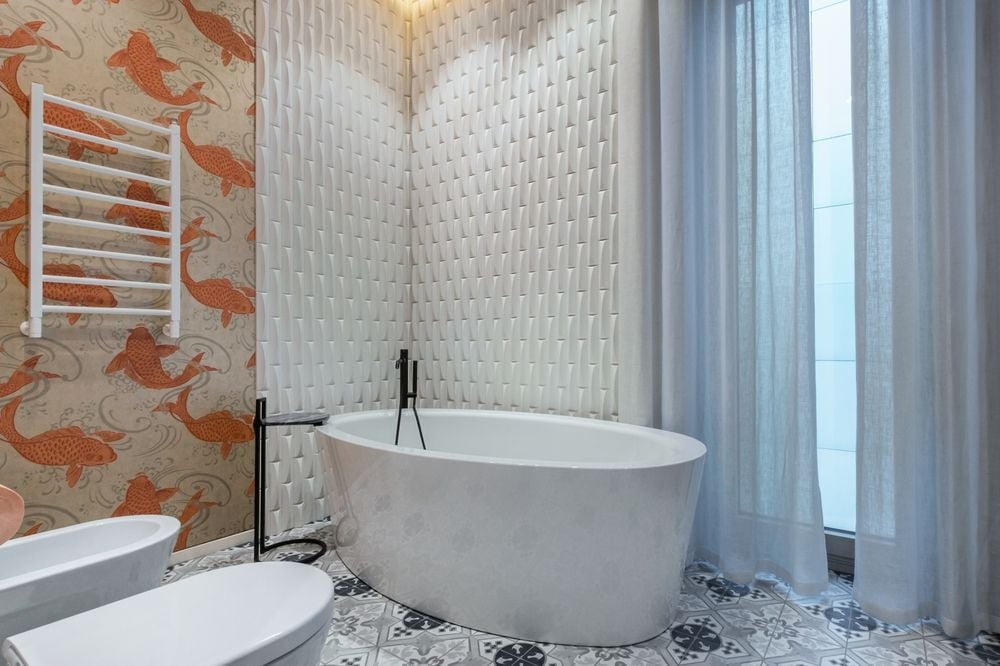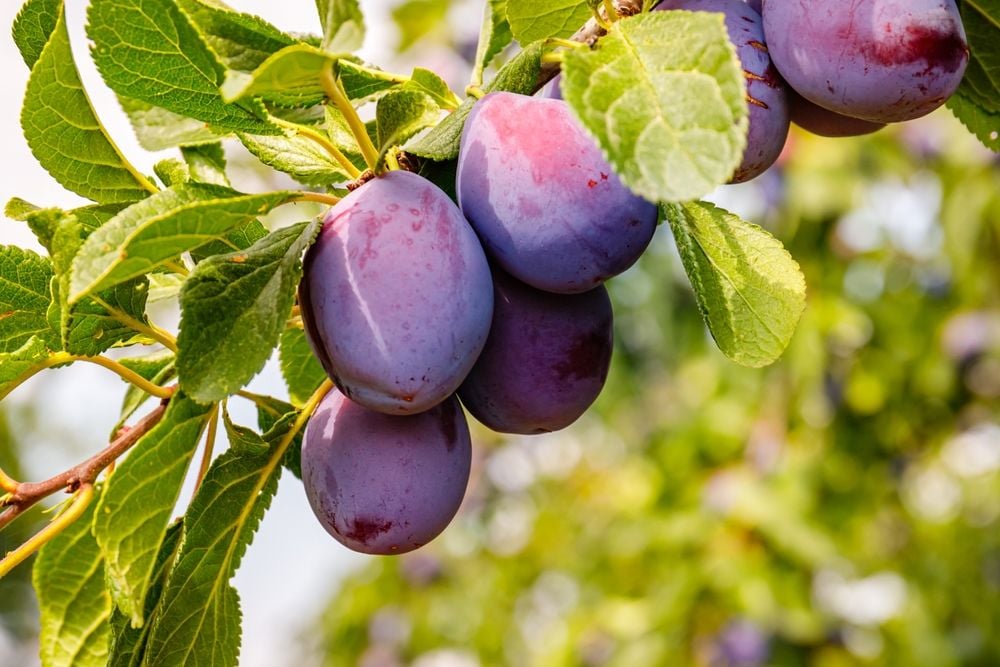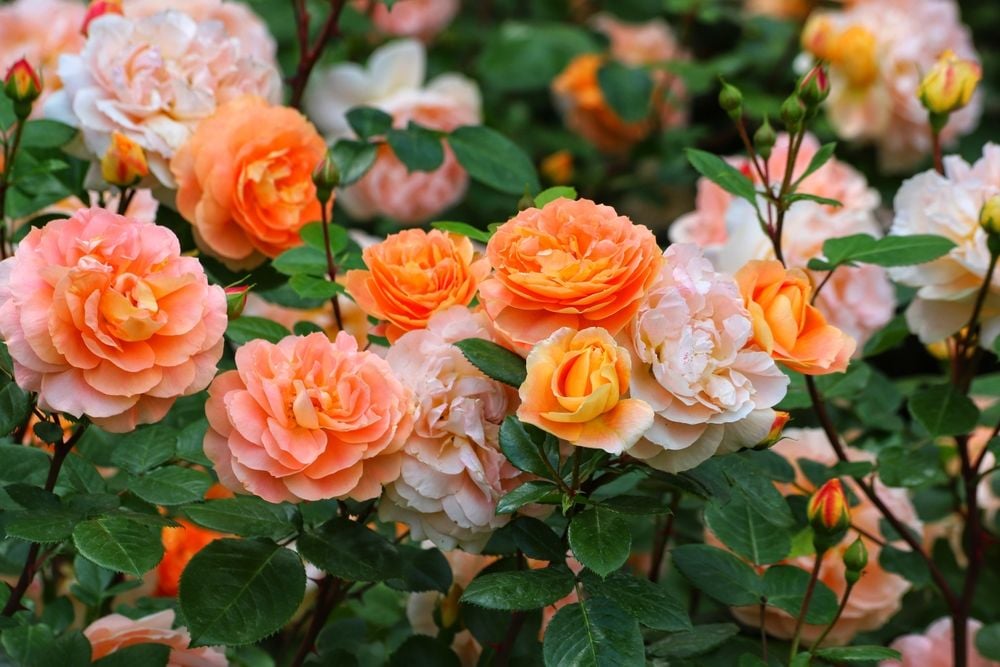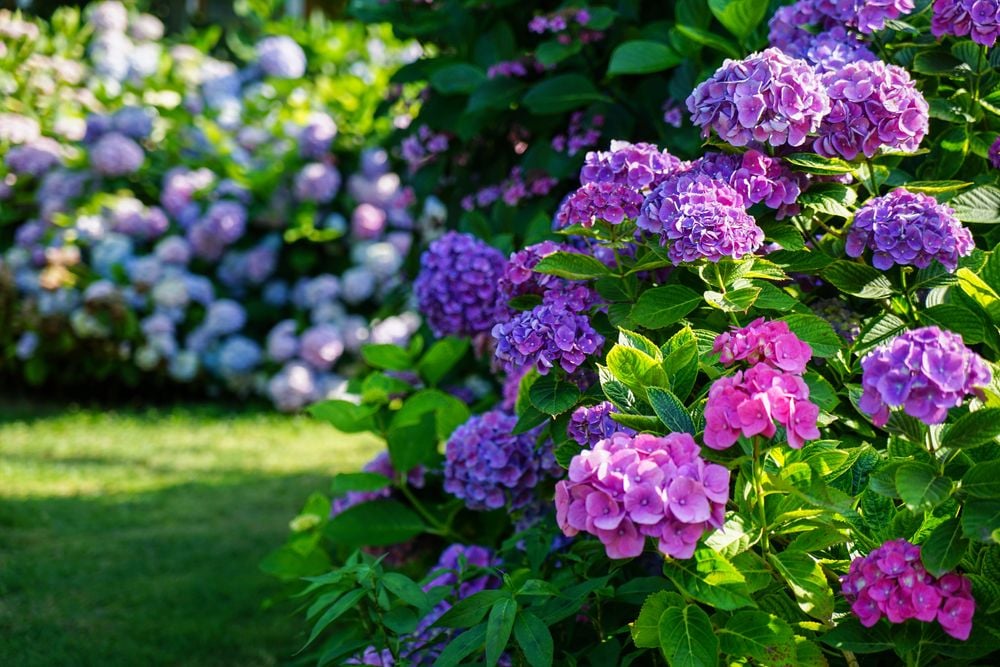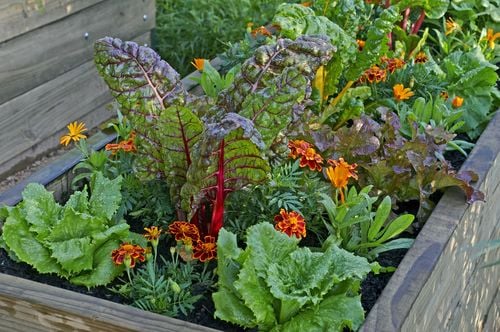
Make Your Container Garden Flourish: Common Pitfalls and Solutions
- Jun 13, 2025
Container gardening is an engaging method to add a dash of nature's beauty to your patios, balconies, or any part of your landscape. It's typically low-maintenance, yet specific issues can arise when growing flowers in pots and containers. However, with advice from gardening experts, these mistakes can be avoided for a breathtaking botanical display.
One widely spread error people make when cultivating flowers in pots is misjudging the appropriate container size. Master gardener and partnership cultivator at American Meadows, Tabar Gifford, says, "A markedly small pot may inhibit root growth, and cause the plant to quickly dry out and become strained. Conversely, an excessively big pot might retain too much dampness around a young rootball and lead to rot." To prevent such situations, match the pot size to the expected root system size at maturity.
In the search for a stunning container for your flowers, one crucial detail might be overlooked - the drainage hole. Without a place for the excess water to exit, it can lead to the suffocation of roots and promote fungus growth, notes Gifford. If the container you are going for lacks this, consider drilling a hole, or put a plastic nursery pot with drainage holes.
Container plants are susceptible to drying out quicker than their counterparts planted in the ground, requiring more frequent watering. However, overwatering can be just as damaging, potentially leading to root rot. To spot signs of this condition, Linda Langelo, horticulture specialist at Colorado State University, advises gardeners to check for drooping or yellowing leaves and inspect the roots.
Insufficient sunlight can cause spindly growth and fewer blooms, warns Gifford. Keeping an eye on the sun exposure in your planting location and choosing plants accordingly can prevent disappointment.
Garden soil and potting mix are not interchangeable. "Garden soil can lead to compaction and root problems due to poor drainage when used in containers," Gifford explains. The solution is to use a high-quality potting mix that's specially designed for containers.
Plants with a climbing behavior, like sweet peas, need additional support even inside a pot to avoid breaking. Embedding a small trellis or a bamboo stake can come in handy with such plants.
Despite your best efforts, some plants simply won't thrive in containers. Sunflowers, for instance, won't reach their peak in a pot due to their need for more space, points out Langelo. Looking for varieties explicitly marked as suitable for container growth will yield the best results.
Overcrowding the container can lead to competition among the plants for water and nutrients. Gifford suggests using the thriller, filler, spiller design, and choosing only a few plants that work well together.
Ignoring the need for repotting as the plants outgrow their current containers can diminish their health and growth. Regularly observing for signs like faster drying soil or roots poking through the drainage holes can signal it's time for repotting.
Keeping a close eye for pests can save a container garden from potential damage. Regular inspection and early mitigative measures like insecticidal soaps or pruning can help in the long run.
Since the nutrients can wash off quickly from potted plants due to free-draining water, supplementing with a balanced liquid fertilizer or slow-release granules can help keep the plants healthy.
Lastly, if you plan to have multiple plants in one pot, ensure they have similar growing needs, as Langelo advises.
Being aware of these potential pitfalls and prevention measures can help you create a thriving container garden.


